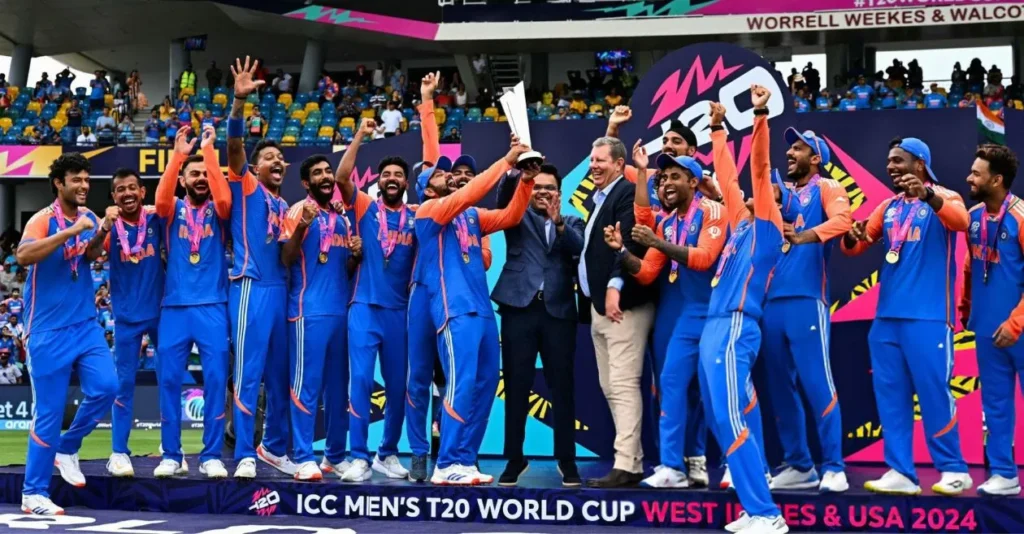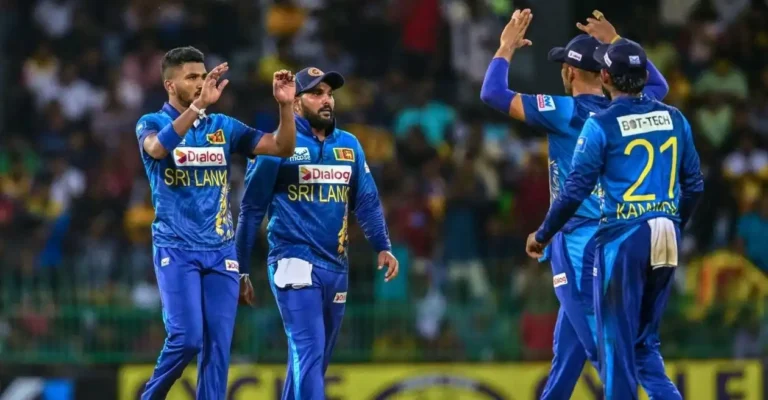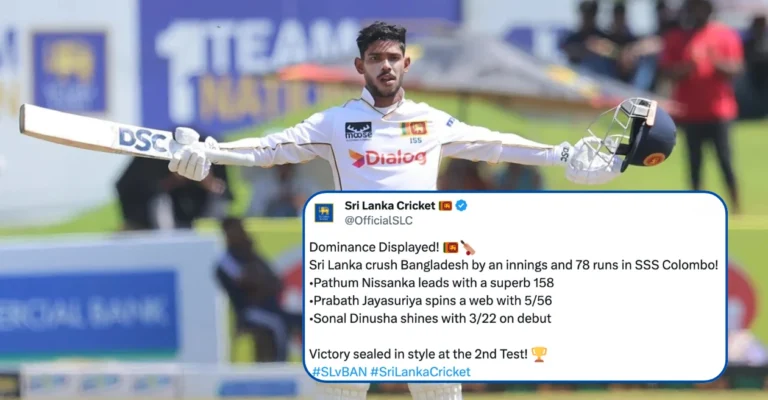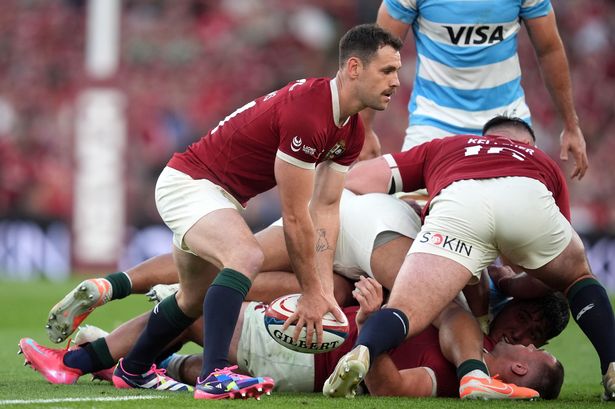

International Cricket Council (ICC) has announced a significant adjustment to the powerplay rules for men’s T20 Internationals, aiming to bring greater fairness and consistency to matches shortened by weather or other interruptions. This change, which takes effect from July 2, 2025, is part of a broader set of updates to the playing conditions for international cricket.
ICC gives powerplay mathematical makeover
Traditionally, the powerplay in a standard 20-over T20I comprises the first six overs, during which only two fielders are allowed outside the 30-yard circle. However, when matches are shortened, the previous system would round the powerplay duration to the nearest full over. This sometimes led to disproportionate advantages or disadvantages, as a single ball could swing the balance of power between bat and ball.
Under the new rule, the powerplay will now be rounded to the nearest ball, not the nearest over. For example, in an eight-over innings, the powerplay will last for 2.2 overs (14 balls), and in a nine-over innings, it will be 2.4 overs (14 balls and 2 balls into the 3rd over). This ensures the powerplay consistently covers about 30% of the innings, maintaining the intended balance regardless of match length. The ICC has cited the successful use of this approach in England’s T20 Blast, where ending the powerplay partway through an over has posed no issues for players or officials.
Here’s the updated powerplay list for the shortened T20Is:
| Match Reduced (Overs) | Powerplay Overs |
| 5 | 1.3 |
| 6 | 1.5 |
| 7 | 2.1 |
| 8 | 2.2 |
| 9 | 2.4 |
| 10 | 3 |
| 11 | 3.2 |
| 12 | 3.4 |
| 13 | 3.5 |
| 14 | 4.1 |
| 15 | 4.3 |
| 16 | 4.5 |
| 17 | 5.1 |
| 18 | 5.2 |
| 19 | 5.4 |
Also READ: Canada seal qualification for ICC Men’s T20 World Cup 2026 after resounding win over Bahamas
What does these changes mean for the game?
This tweak may seem technical, but its impact is likely to be felt in the heat of the action. Teams will need to adapt their strategies, as captains and bowlers must now be acutely aware of the precise moment when fielding restrictions change—even if it’s mid-over. Batters, too, will have to adjust their approach, knowing that the window for aggressive play against limited fielders might close sooner than expected.
The change is part of a broader effort by the ICC to modernize and fine-tune the game. Alongside the powerplay adjustment, other updates prior to this include the introduction of a stop clock in Test cricket to control over-rates, enhanced fairness in catch reviews for no-balls, and new rules for fielding full-time playing replacements in domestic first-class cricket. While some of these have already been implemented in the World Test Championship cycle, the white-ball changes—like the powerplay tweak—will come into force from July.
Also READ: Top 5 oldest captains to win an ICC title ft. Temba Bavuma
Source link






